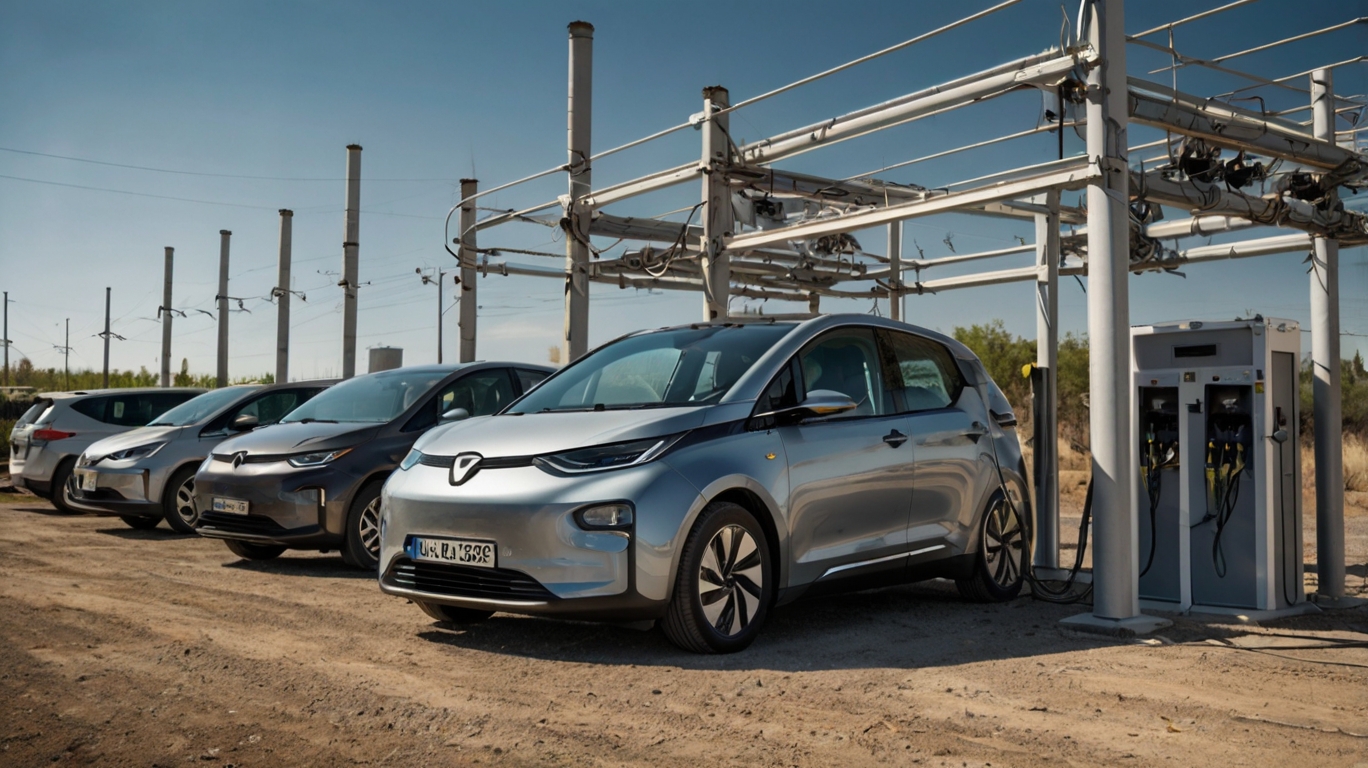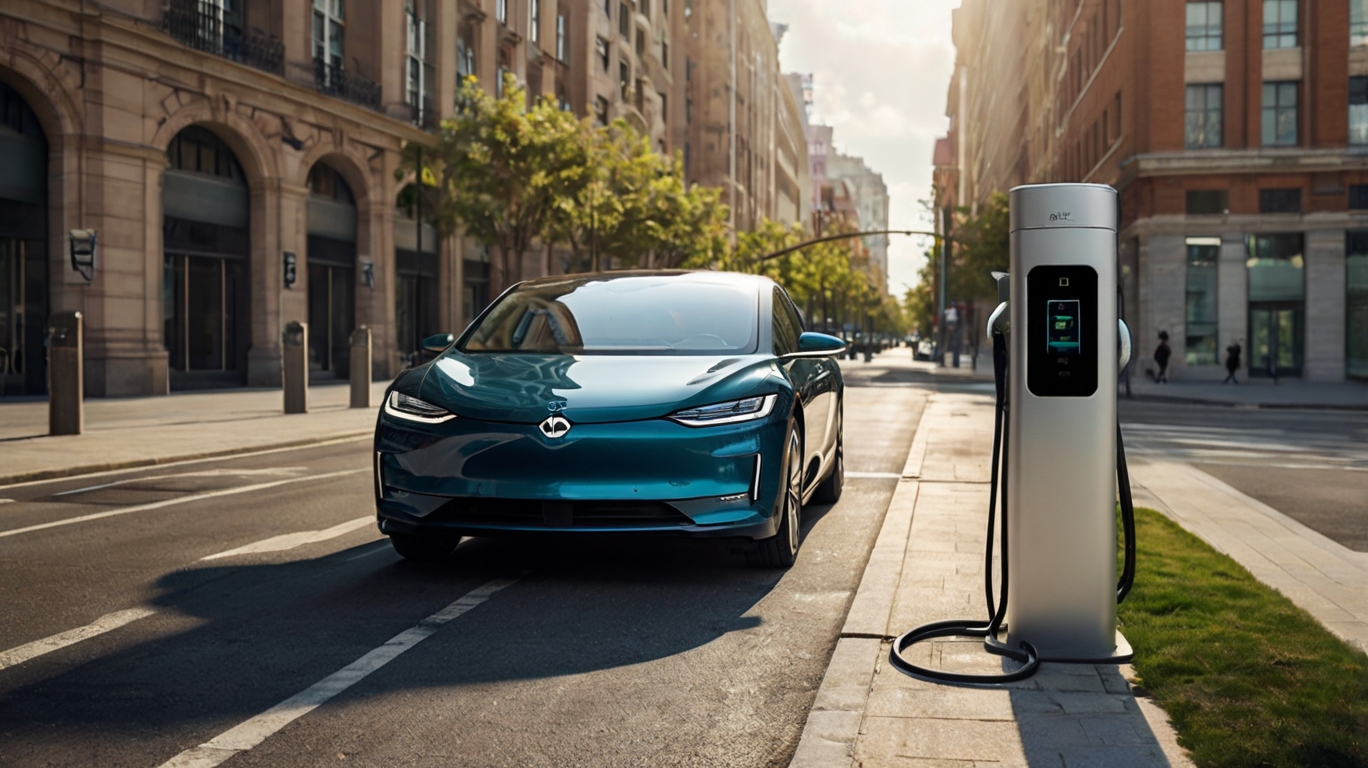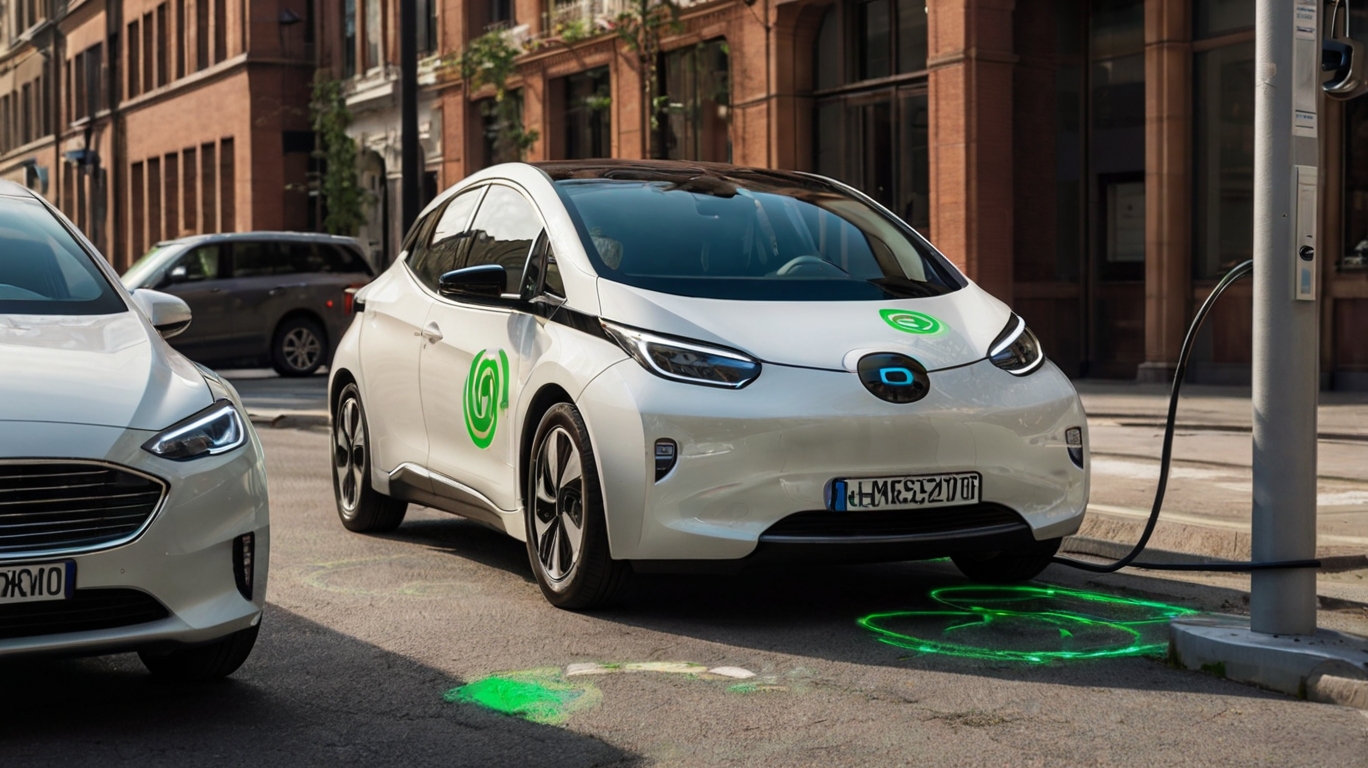When it comes to manufacturing cars, saving weight is a top priority. Nowhere is this journey better chronicled than in one of India’s top selling car models – the Maruti Suzuki Swift. Over a span of two decades, Maruti Suzuki has managed to shave no less than 100 kg off its weight, says CV Raman, Executive Committee Member and Former CTO, Maruti Suzuki India.
“Since the launch of Swift in 2005, we have changed the powertrain and platform of the brand twice till date. With the new Heartect platform underpinnings, the fourth-generation model is the lightest yet,” said Raman in the keynote address at the Autocar Professional Vehicle Lightweighting Conference.
Highlighting a massive reduction of 47% in carbon emissions, Raman said that debut model used to emit 147 g CO2 per km, which has now come down to 95.60 g per km. “The fuel efficiency of the new model has improved by 50%. We have been able to achieve this by making use of lots of alternate materials in manufacturing,” he added.
In his presentation, Raman revealed how new grades of steel, such as Advanced High-Strength Steel (AHSS) and Ultra High-Strength Steel (UHSS) are helping car manufacturers usher in an era of robust, lightweight vehicles that improve fuel efficiency and lower emissions without compromising on safety.
“We have improved the usage of AHSS and UHSS in structural parts as they have significantly higher minimum tensile strengths. While we have enhanced the respective shares of UHSS and AHSS from 6% to 17% and 2% to 4% in the current model, the share of HSS has been reduced to 23% from 42% earlier,” Raman revealed.
By using fewer materials, lightweighting strategies play a key role in making manufacturing processes more sustainable. Maruti Suzuki CTO also underlined that auto OEMs are exploring lighter materials beyond steel to lower the weight of automobiles.
According to market research firm Spherical Insights, the global automotive lightweight materials market was valued at USD 72.16 billion in 2022, and it is expected to grow at a CAGR of 6.7% from 2022 to 2032. It is expected to reach USD 137.8 billion by 2032, the firm noted.
“Even though automobiles used to be exclusively made of steel, manufacturers are now shifting to aluminum, the most rapidly developing lightweight material, as well as magnesium and thermoplastic materials that provide higher efficiency and crash performance,” Raman mentioned.
On the EV front, he said that the role of electrification in meeting fuel-economy and emissions regulations is still evolving. According to Raman, the lightweight concept plays a pertinent role in the domain of electric vehicle energy conservation, as lighter vehicles translate to comparatively less energy consumed under the same conditions.
“The increased demand for EVs has compelled manufacturers to look for innovations in battery size and newer light weight materials,” he added.




